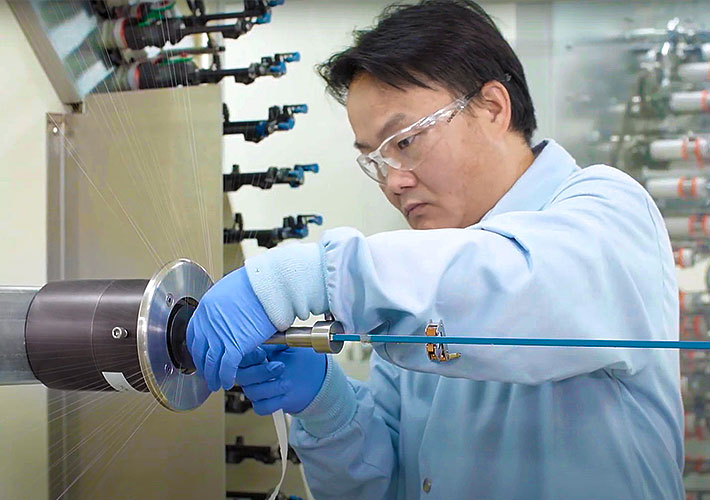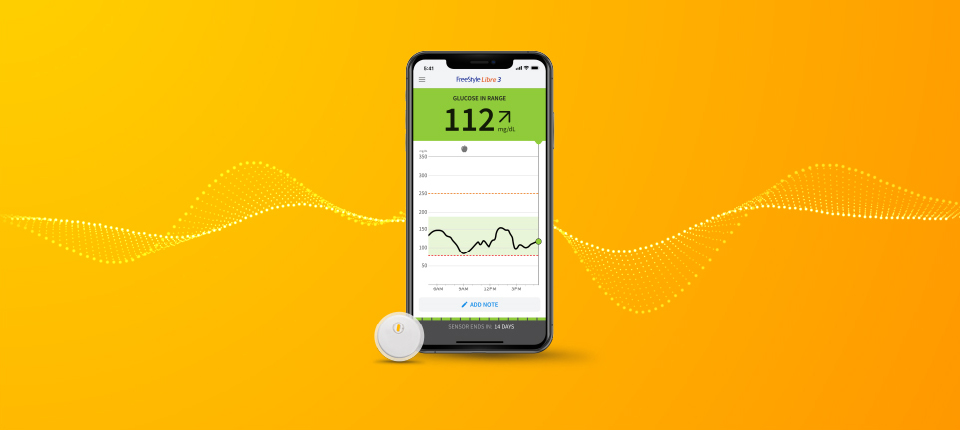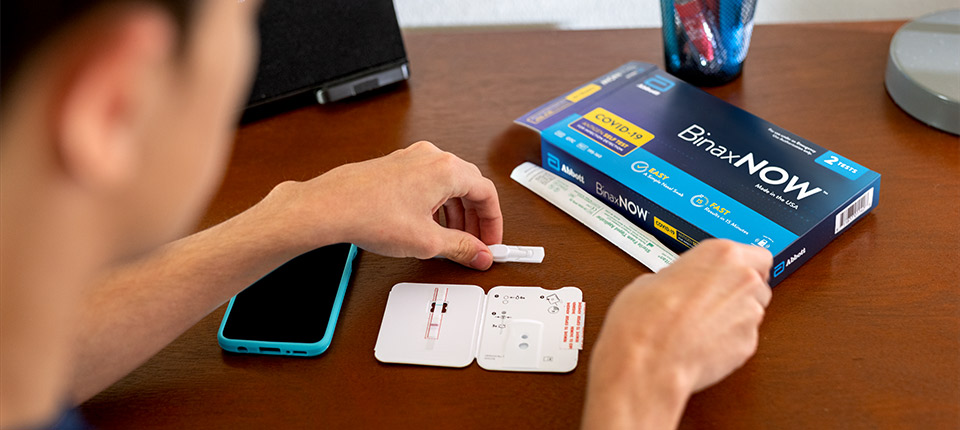Rx Only
Indication for Use: The Amplatzer™ Amulet™ Left Atrial Appendage Occluder is a percutaneous transcatheter device intended to reduce the risk of thrombus embolization from the left atrial appendage (LAA) in patients who have nonvalvular atrial fibrillation and who are at increased risk for stroke and systemic embolism based on CHADS2 or CHA2DS2-VASc scores, are suitable for short term anticoagulation therapy, and have appropriate rationale to seek a non-pharmacologic alternative to oral anticoagulation, taking into consideration the safety and effectiveness of the device.
Contraindications: The Amplatzer™ Amulet™ Left Atrial Appendage (LAA) Occluder is contraindicated for patients:
· with the presence of intracardiac thrombus,
· with active endocarditis or other infections producing bacteremia.
· where placement of the device would interfere with any intracardiac or intravascular structures.
Warnings:
· If the device is retracted while it is in the sheath, the device and the sheath must both be removed and replaced. Failure to replace both the device and the sheath may result in sheath and/or device malfunction.
· If the device is retracted farther than the radiopaque markers (fully recaptured), the device and the sheath must both be removed and replaced. Failure to replace both the device and the sheath may result in sheath and/or device malfunction.
· Physicians must be prepared to deal with urgent situations, such as pericardial effusion or device embolization, which can require removal of the device.
· This device should be used only by physicians who are trained in standard transcatheter techniques. The physician should determine which patients are candidates for procedures that use this device.
· Late pericardial effusion events were observed in the clinical study. The use of post-procedure anticoagulation therapy may be associated with an increased potential for a late pericardial effusion. Physicians should monitor for signs and symptoms of pericardial effusion and obtain appropriate imaging when indicated. Physicians should also consider routine echocardiography to screen for pericardial effusion.
· Remove embolized devices. Do not remove an embolized device unless the device is fully captured inside a sheath.
· The Amplatzer™ Amulet™ device contains a nickeltitanium alloy, which is generally considered safe. However, in vitro testing has demonstrated that nickel is released from this device for a minimum of 120 days. Patients who are allergic to nickel may have an allergic reaction to this device, especially those with a history of metal allergies. Certain allergic reactions can be serious; patients should be instructed to seek medical assistance immediately if they suspect they are experiencing an allergic reaction. Symptoms may include difficulty in breathing or swelling of the face or throat. While data are currently limited, it is possible that some patients may develop an allergy to nickel if this device is implanted.
· Do not use this device if the sterile package is open or damaged.
· The device was sterilized with ethylene oxide and is for single use only. Do not reuse or resterilize this device. Attempts to resterilize this device can cause a malfunction, insufficient sterilization, or harm to the patient.
· Use on or before the expiration date that is printed on the product packaging label.
Precautions:
· The physician should exercise clinical judgment in situations that involve the use of antithrombotic drugs before, during, and/or after the use of this device.
· The physician should exercise caution if implanting a device in a patient who has an implantable cardioverter defibrillator (ICD) or pacemaker leads.
· The physician should have the guidewire in the left upper pulmonary vein when making exchanges in the left atrium.
· Ensure that the vasculature is adequate for the sheath size being selected.
· The physician should exercise caution if performing ablation at or near the implant site after the device is implanted.
· Use standard interventional cardiovascular catheterization techniques when using Amplatzer™ products.
· Use in specific populations
o Pregnancy – Minimize the radiation exposure to the fetus and the mother.
o Nursing mothers – There has been no quantitative assessment for the presence of leachables in breast milk.
MRI Safety Information: Non-clinical testing has demonstrated that the Amplatzer™ Amulet™ Left Atrial Appendage Occluder device is MR Conditional. A patient with the Amplatzer™Amulet™ device can be safely scanned in an MR system under the following conditions:
· Static magnetic fields of 1.5 Tesla (1.5T) and 3.0 Tesla (3.0T)
· Maximum spatial gradient field of 19 T/m (1900 G/cm)
· Maximum MR system reported, whole-body averaged specific absorption rate (SAR) of 2.0 W/kg (normal operating mode)
Under the scan conditions defined above, the device is expected to produce a maximum temperature rise of less than or equal to 4°C after 15 minutes of continuous scanning.
In non-clinical testing, the image artifact caused by the device extends radially up to 20 mm from the device when imaged with a gradient echo pulse sequence in a 3.0T MR system.
Potential Adverse Events: Potential adverse events associated with the device or implant procedure include, but are not limited to, the following:
· Air embolism
· Airway trauma
· Allergic reaction
· Anemia
· Anesthesia reaction (nausea, vasovagal reaction, confusion/altered mental status or other)
· Arrhythmia
· Atrial septal defect
· Bleeding
· Cardiac arrest
· Cardiac tamponade
· Chest pain/discomfort
· Congestive heart failure
· Death
· Device embolization
· Device erosion
· Device malfunction
· Device malposition
· Device migration
· Device-related thrombus
· Fever
· Hematuria
· Hypertension/hypotension
· Infection
· Multi-organ failure
· Myocardial infarction
· Perforation
· Pericardial effusion
· Pleural effusion
· Renal failure/dysfunction
· Respiratory failure
· Seizure
· Significant residual flow
· Stroke
· Thrombocytopenia
· Thromboembolism: peripheral and pulmonary
· Thrombus formation
· Transient ischemic attack
· Valvular regurgitation/insufficiency
· Vascular access site injury (hematoma, pseudoaneurysm, arteriovenous fistula, groin pain or other)
· Vessel trauma/injury








FOLLOW ABBOTT